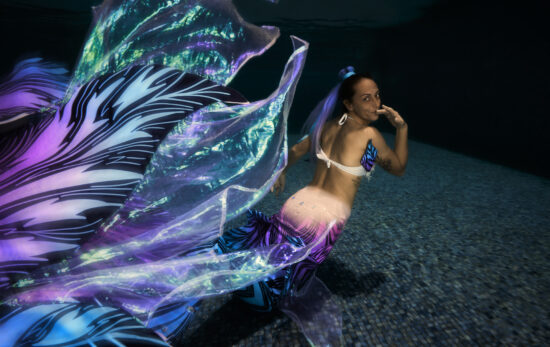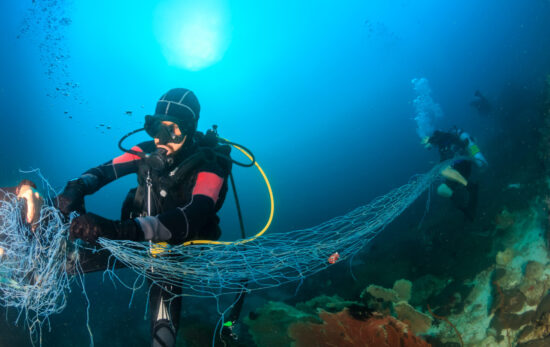Last year, Tiffany Haddish hosted part of Discovery’s 33rd Shark Week. She was the first woman of color to ever hold the honor. In solidarity, we at PADI caught up with the world’s top women and non-binary shark scientists. They shared their favorite shark facts and some of the stories behind them.

1. The History Of Sharks
Evolutionarily, sharks are really old.
“Sharks and their relatives have been around for over 400 million years,” said Lisa Whitenack of Allegheny College. “That means they are older than humans, mammals, dinosaurs, trees and insects!”

Catherine Macdonald, a University of Miami lecturer and the director of Field School, put this evolutionary time frame into a planetary scale. She said, “Sharks have been around longer than the rings of Saturn.”
During that time, sharks developed a full “vertebrate brain ‘blueprint’ made up of the major brain regions,” said Kara Yopak. This blueprint was first seen in sharks. Eventually, it carried through the rest of vertebrate evolution all the way to humans, she said. Yopak is a comparative neurologist with the University of North Carolina Wilmington. She investigates how brains vary within and across different shark species.
2. Learning About Extinct Sharks From Their Teeth
Not all shark species have survived to the modern-day. According to Jeanette Pirlo, paleontologists have learned about many extinct sharks from their fossilized teeth. Pirlo is a Ph.D. Candidate at the University of Florida who “dabbles in shark paleontology.”
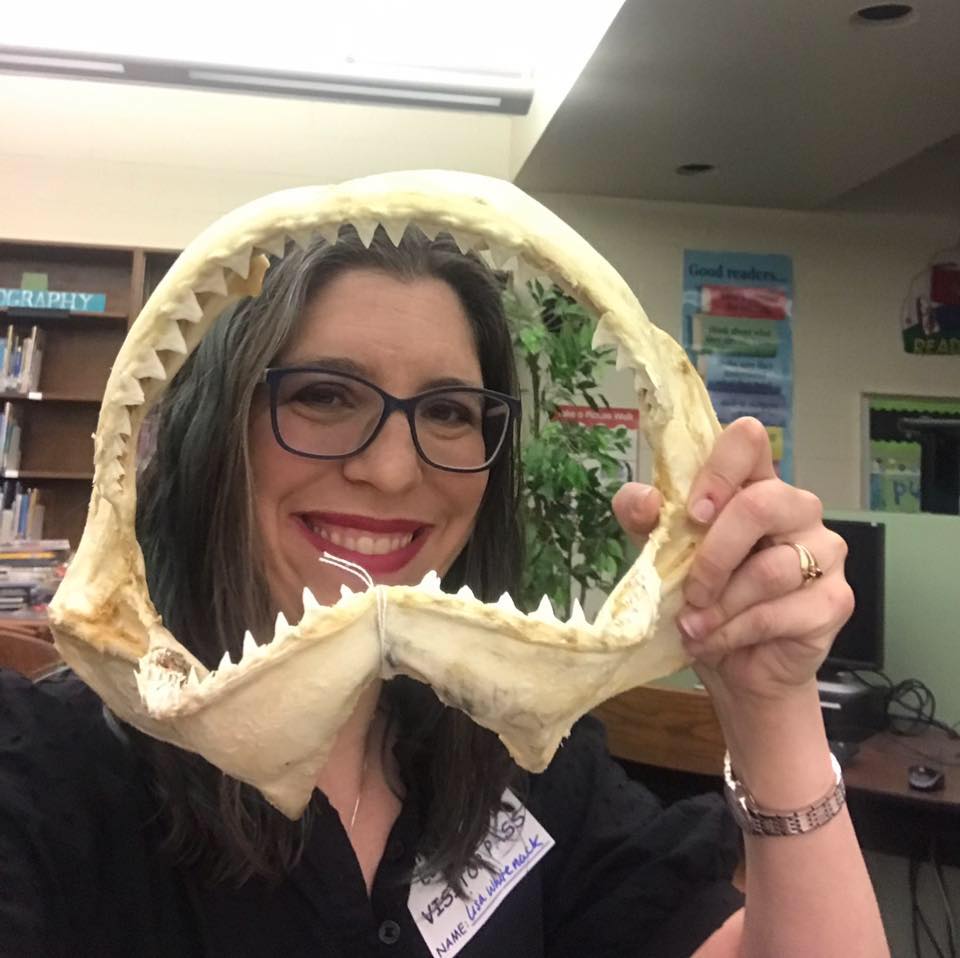
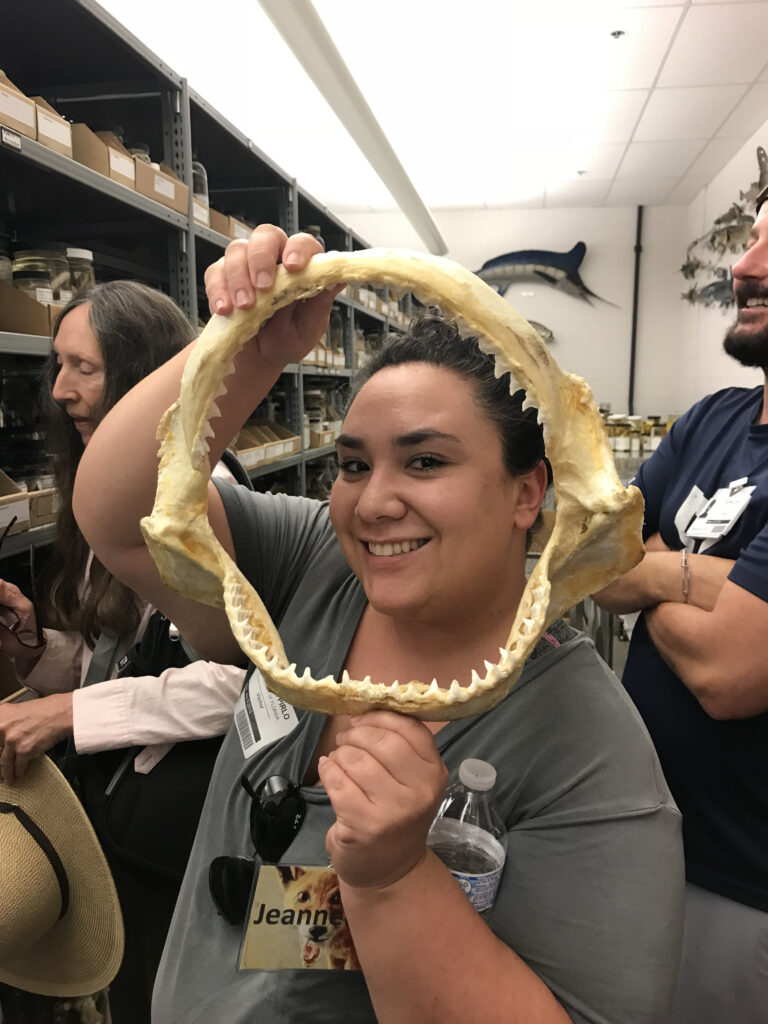
In fact, megalodons are arguably the most famous extinct shark species. They also have some of the most coveted teeth. Based on jaw reconstructions, megalodons are estimated to be one of the largest oceanic predators ever. The largest megalodon jaw ever rebuilt is 9 feet tall and 11 feet wide.
“C. megalodon lived for about 20 million years…and went extinct in the Pliocene,” Pirlo said. “They were part of their own evolutionary line of mega-sharks and are not closely related to Great White Sharks!”
Pirlo emphasized that no matter what popular media tells you, this 20-meter shark is not hiding out somewhere. It is extinct.
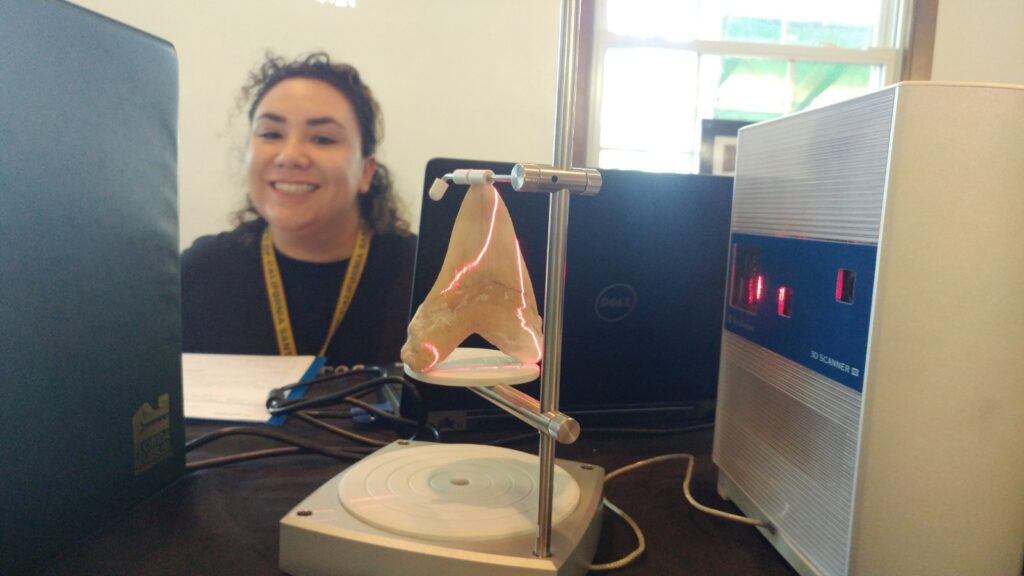
3. The Secrets of Shark Sex
Sharks have also evolved really cool reproductive efficiencies and capabilities.
For instance, “sharks can reproduce both sexually and asexually. We’ve seen this documented in aquaria, where there’s a ‘virgin birth,'” said Kady Lyons, a research scientist at Georgia Aquarium. She studies the eco-physiology of sharks and rays.
Females of certain shark species like blacktip reef and bonnethead sharks have reproduced in captivity without the genetic input of males. Additionally, there has been one documented case of the same phenomena in the field in a sawfish in Florida, Lyons said.
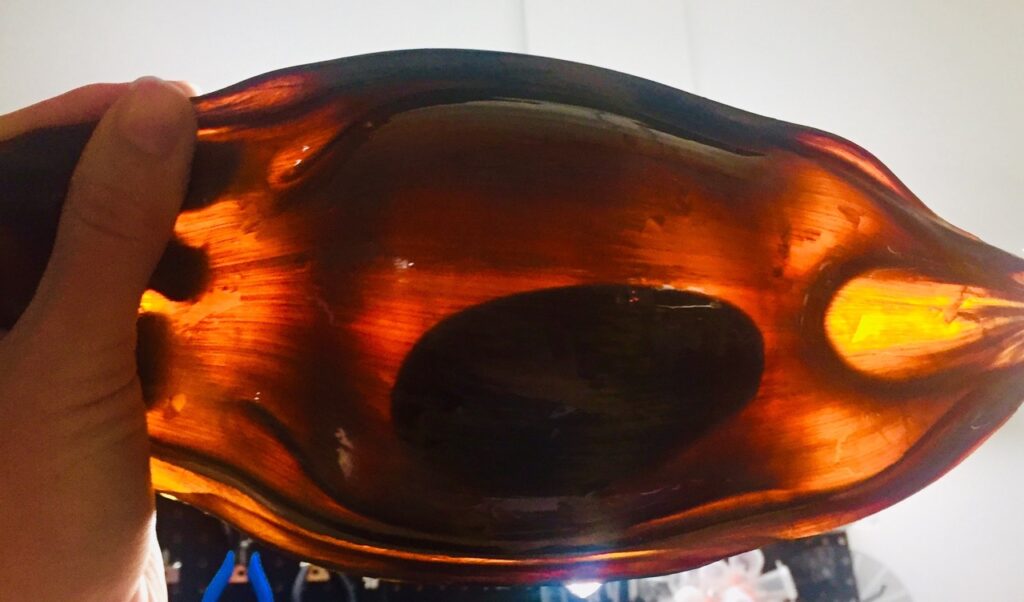
Additionally, Toby Daly-Engel, director of the Shark Conservation Lab at Florida Tech University, said, “The coolest thing that has come from my research is the idea that female sharks are promiscuous.”
For example, sharks share many reproductive traits with mammals, including internal copulation (sex), external genitalia and low reproductive rates, she said. Still, female sharks prefer mating with multiple males over the course of one breeding season.
“This is contrary to the idea we’ve been sold that women are naturally monogamous, caretaker types,” Daly-Engel said.
The shark scientist will share these and other secrets of shark sex with Haddish during Shark Week.
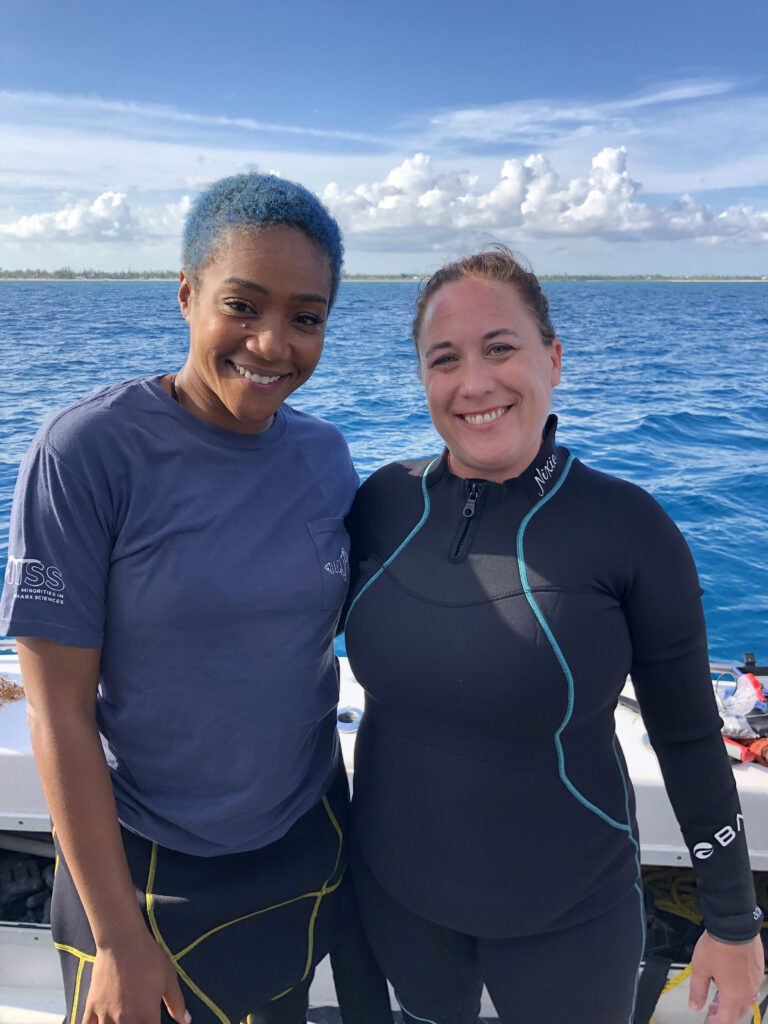
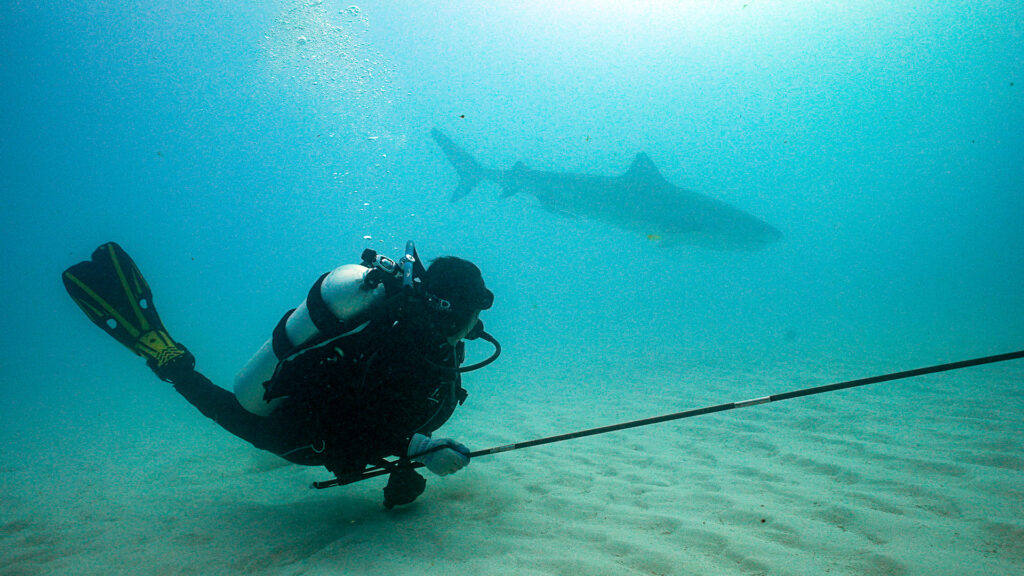
4. More About Reproduction — the Nitty-Gritty
For starters, male sharks have two penises called claspers, Lyons told PADI.
Misty Paig-Tran said, “Shark claspers…actually have barbs or spurs on them to hold them in place during copulation. Ouch.”
Additionally, female sharks have denticles, which are like modified teeth, on their cloacas, Paig-Tran added. She is an associate professor of Biological Sciences at California State University Fullerton.
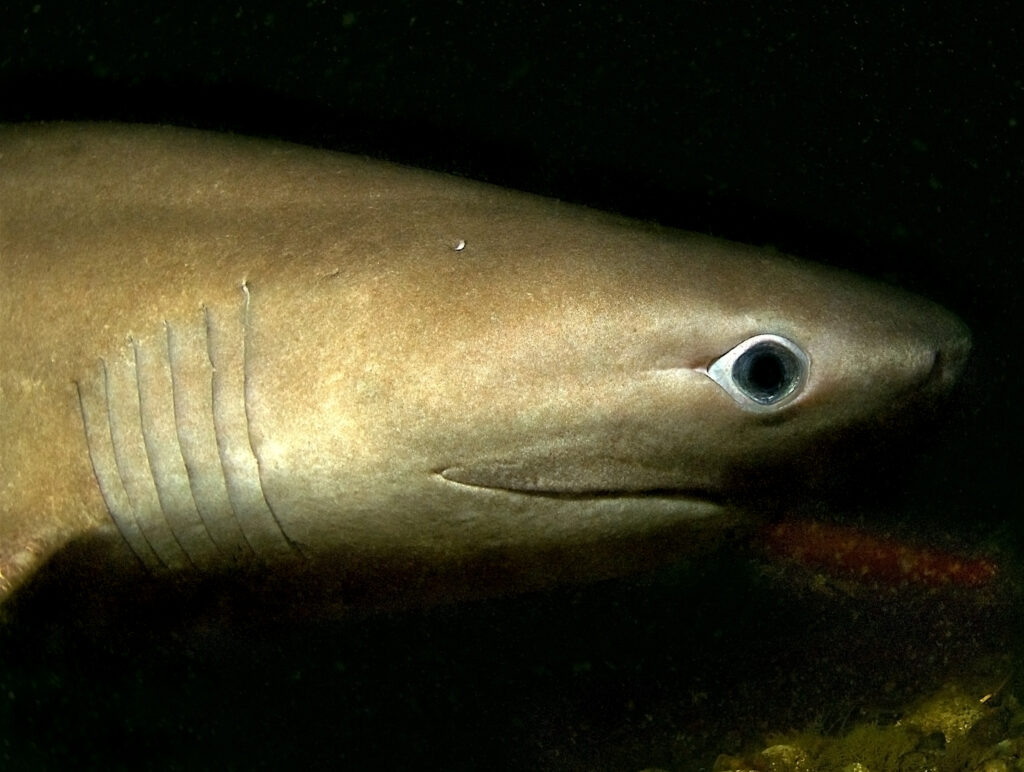
“Basically, one of my favorite facts are that shark sex is super rough and awful,” she joked. “I have first-hand (arm) experience of this and ended up with ‘shark burn’ from a necropsy of a dead female 6-gill shark.”
Furthermore, even after mating, sharks have evolved in unique ways. For instance, female sharks of some species can store sperm after mating until conditions are conducive to pregnancy and birth, Macdonald said. The known record is for four years!
5. What Sharks Eat
Sharks are not the man-eating monsters of myths and movies. In reality, they are “really chicken” and “very cautious,” said Daly-Engel. They do a cost-benefit analysis when approaching unknown potential prey, the scientist said. Sharks also aren’t hunger-driven, she said. They will circle prey for a long time no matter if they are starving or if they’ve just eaten.
Furthermore, what sharks do eat varies greatly by species. For example, deep-sea Greenland sharks have been found with polar bear and reindeer remains in their stomach contents, Pirlo said. Also, tiger sharks, which are famous for eating almost anything, sometimes snack on migrating songbirds, Macdonald said.

Overall, the most popular fact our scientists shared had to do with the diet of bonnethead sharks. These are the only known omnivorous sharks! They eat and digest seagrass along with small fish, crustaceans and squid. It turns out this predator is an omnivore, not a carnivore.
Samantha Leigh, assistant professor at California State University Dominguez Hills, discovered this fact. “This means that we need to re-think the role of bonnethead sharks in seagrass meadow ecosystem dynamics,” Leigh said.
6. Wild Shark Senses
Sharks have six senses — the same five as humans (smell, sight, touch, taste, sound) plus electromagnetism. The latter allows sharks to sense electrical charges and magnetic fields, Jasmin Graham, President and CEO of Minorities in Shark Sciences, told PADI.
Graham shared another wild shark fact: whale sharks have dermal denticles, or modified teeth, on their eyeballs!
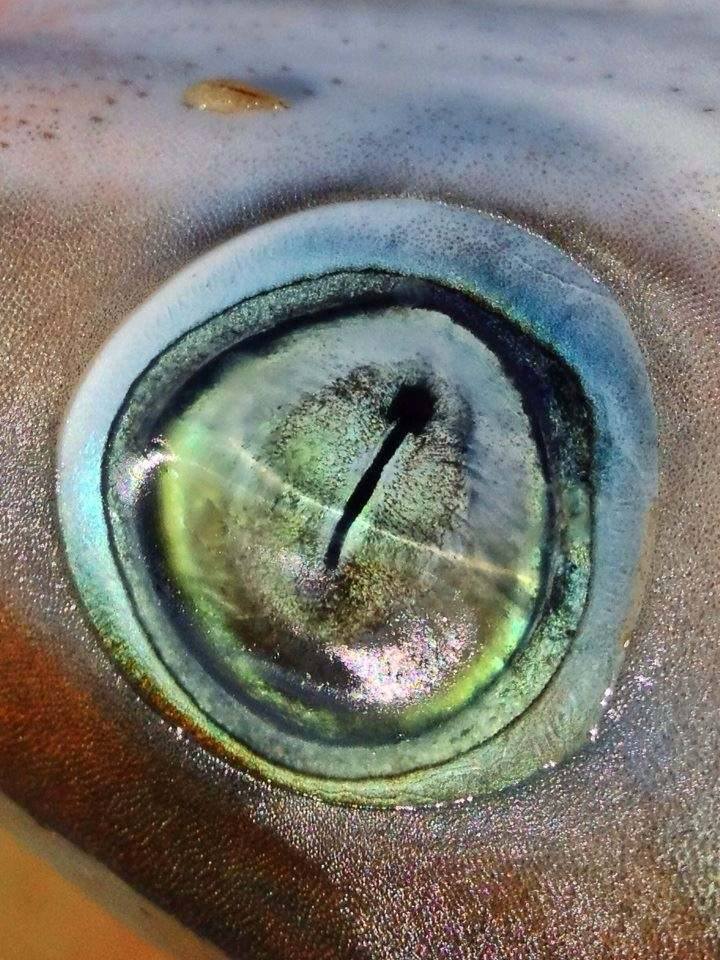
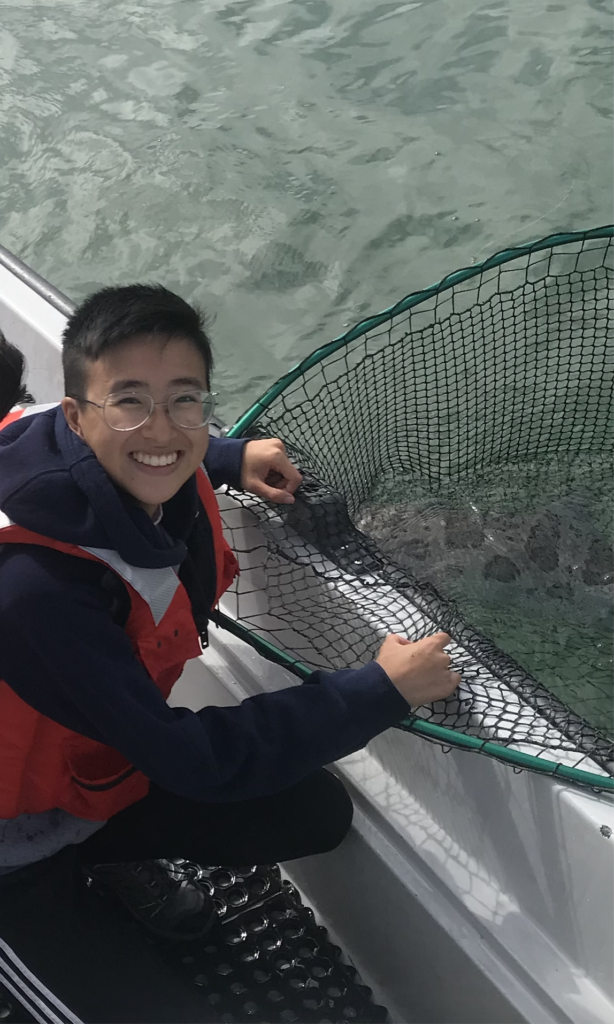
Annabel Gong, a master’s student at the University of San Diego, talked about the translucent nose of the “soupfin shark.” This species also has an unusually long migration cycle.
Finally, Greenland sharks have an excellent sense of smell. Their olfactory bulbs are among the largest of any species and makeup one-third of their brains, said Brynn Devine. Devine specializes in Greenland shark research as a postdoctoral researcher at the University of Windsor.
Coincidentally, most Greenland sharks host large ectoparasitic copepods on their corneas. The latter can cause vision impairment and even blindness, Devine said. Consequently, the species are lucky to have such a strong sense of smell. Therefore, they likely use this to forage and navigate throughout the deep waters of the North Atlantic and Arctic Oceans, Devine said.
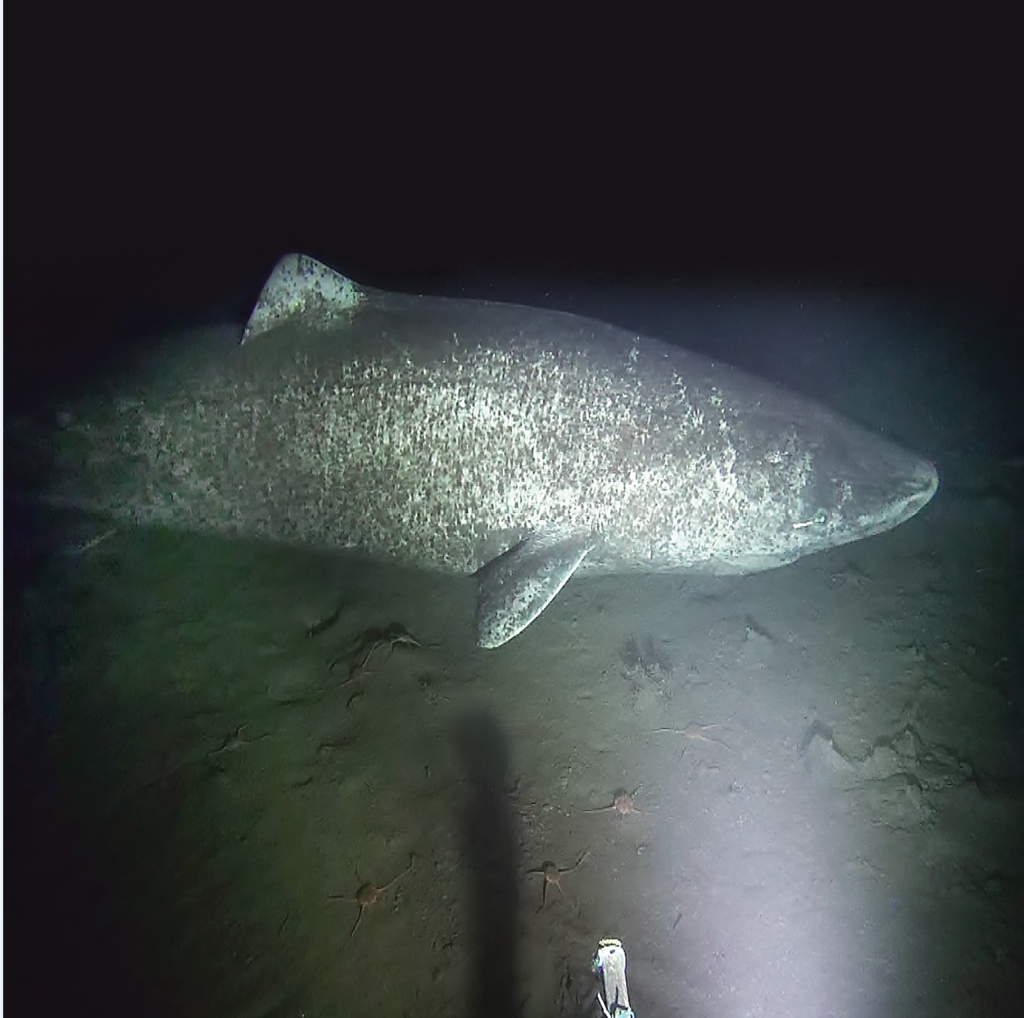
Want More Sharks?
- Take the AWARE Shark Conservation Specialty Course.
- Check out the Top 13 Shark Dive Sites in the world.
- Book your next trip with PADI Travel’s Shark Collection.
- Shop the PADI Gear Shark Collection.
- Become a PADI Torchbearer for sharks and the ocean.

